
Health & Welfare
Salmon farmers in Scotland cut antibiotic usage by more than 50 percent in 2022
Less than 10 percent of seawater salmon farms in Scotland used antibiotics in 2022, according to a new report by the UK government.
Health & Welfare
Novel antimicrobial protein and treatment effectively cures Streptococcus iniae infections in hybrid striped bass, researchers say.

Health & Welfare
Less than 10 percent of seawater salmon farms in Scotland used antibiotics in 2022, according to a new report by the UK government.
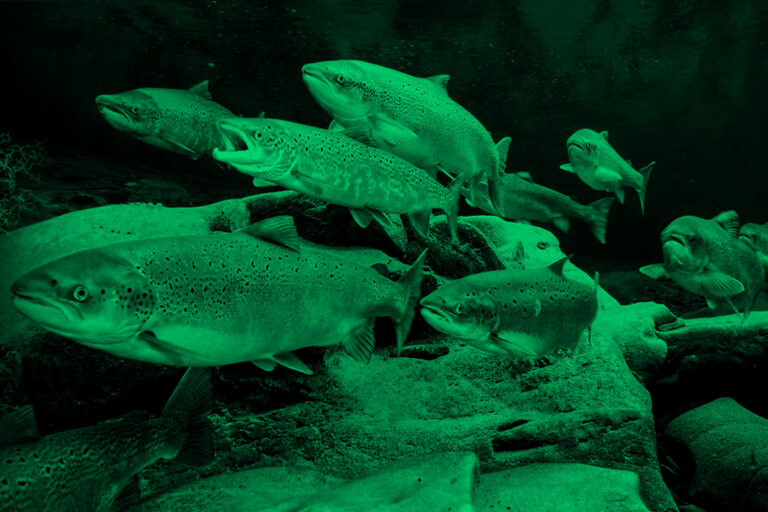
Innovation & Investment
A feed supplement protein produced by AQUIT in Chile helps farmed salmon ward off disease while improving their overall health and growth.
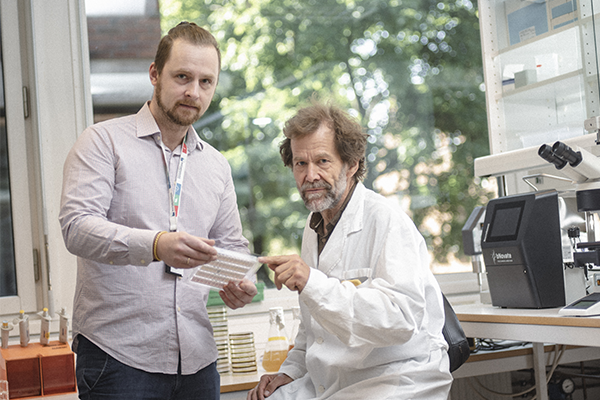
Health & Welfare
Machine learning technology and novel alternatives like bacteriocins are unlocking a new era of tackling disease and antibiotic use in aquaculture.
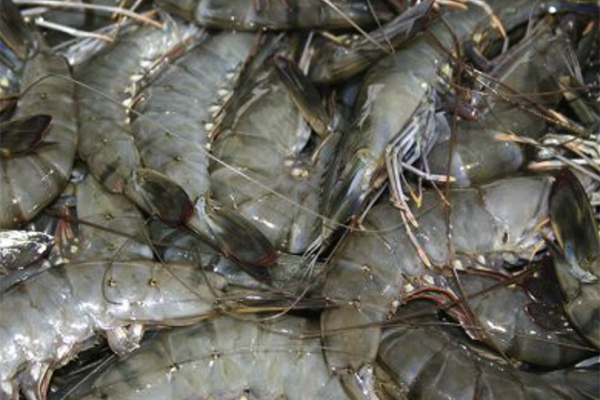
Health & Welfare
A review outlines potential alternatives to antibiotic use in aquaculture but says that research funding is needed to advance the technology.
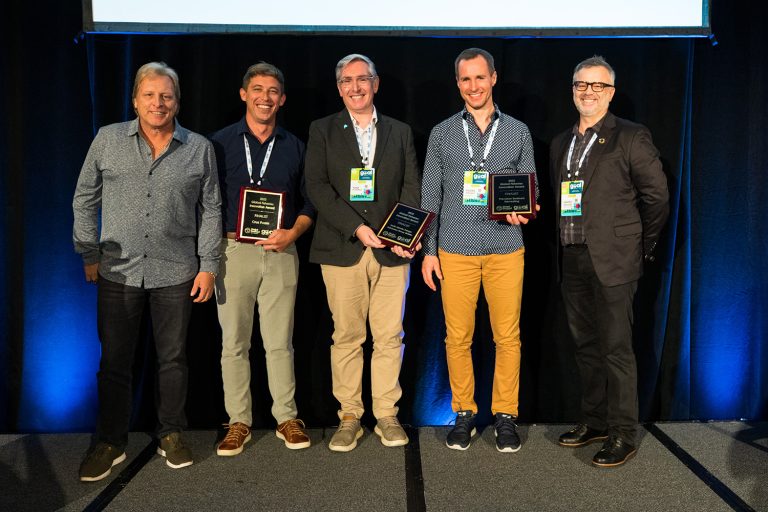
Innovation & Investment
Companies with alternatives to polystyrene (Cruz Foam) and antibiotics (Aristogene Biosciences) take home the annual awards at GOAL 2022.
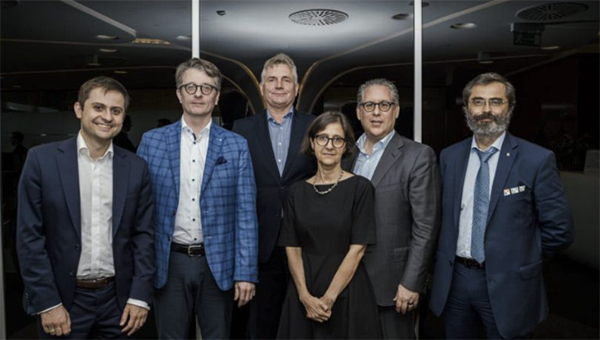
Innovation & Investment
Bacteriophage producer nets €21 million to accelerate the commercialization of its products, which aim to reduce antibiotic usage in aquaculture.
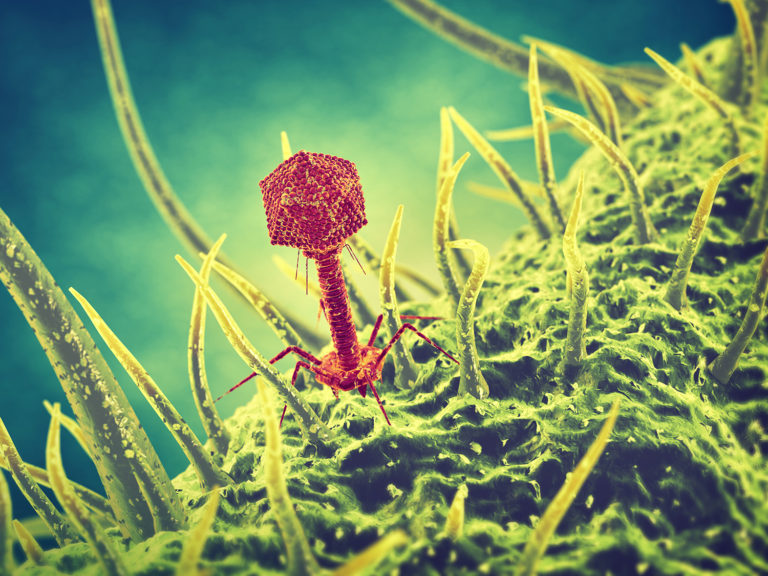
Health & Welfare
Fish health and welfare in aquaculture could soon be assisted by the most abundant organism on the planet, if a new partnership nets its intended result.
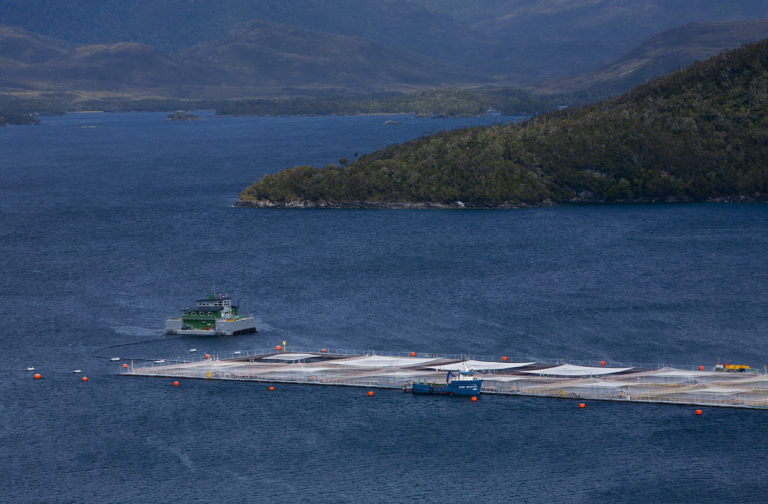
Health & Welfare
Innovations in broodstock, farm and production management could cut antibiotic usage by Chile’s salmon farming industry by 50 percent in five years.

Intelligence
GOAL 2020 keynote speaker Peer Ederer says the solution to closing food security gaps doesn’t include abandoning animal proteins and finger pointing.

Intelligence
The Global Aquaculture Alliance held its GOAL conference in Chennai, India, and recruited a host of experts in various fields to share their expertise.
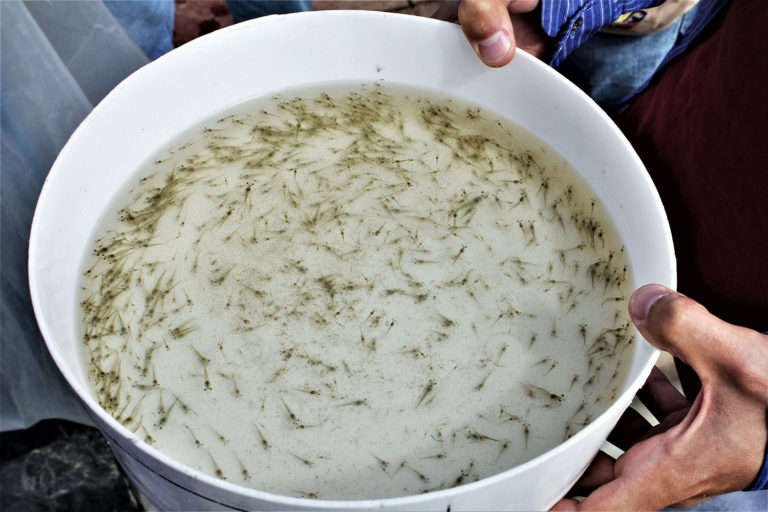
Health & Welfare
This study evaluated through in vitro analyses the antimicrobial effectiveness of natural products used for P. vannamei bacterial diseases and antibiotics against pathogenic Vibrio strains circulating in Ecuadorian hatcheries.
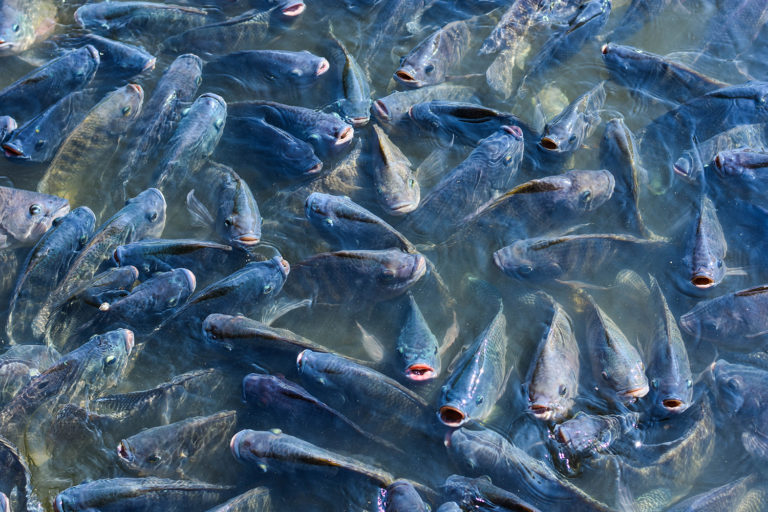
Health & Welfare
The influence of antibiotics in fish and their effects on the gut microbiome aren’t well understood, says research team examining antimicrobial resistance.
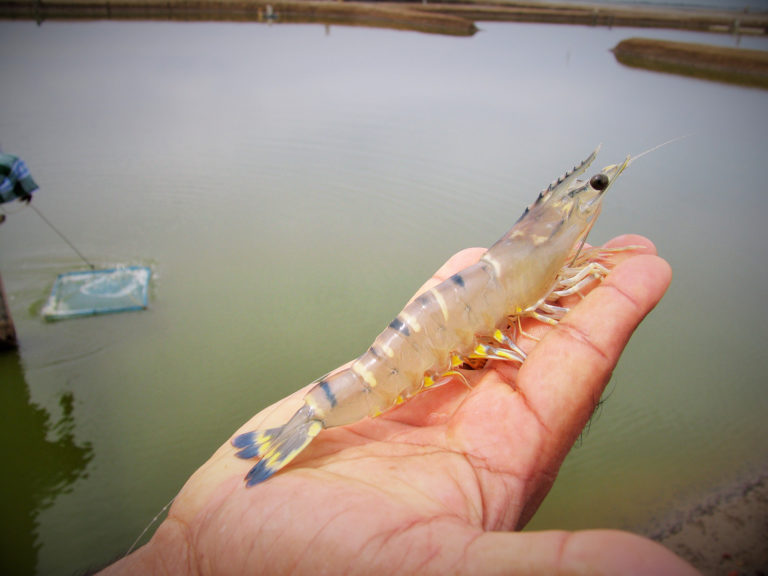
Intelligence
The Shrimp Forum returned to SENA with insights into innovations in production, the threat of antimicrobial resistance, a unified marketing approach and a forecast from India.
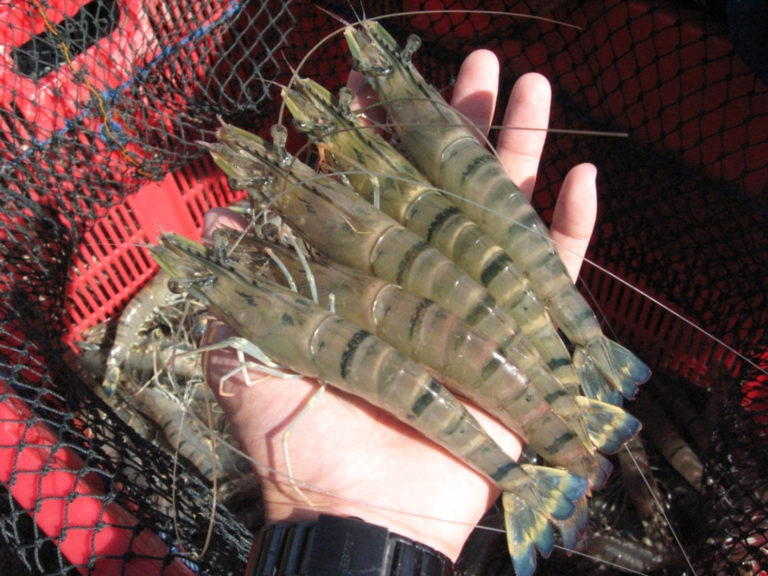
Health & Welfare
Prophylactic use of antibiotics in animal production is being banned or restricted by many countries. A potential substitute for antibiotic growth promoters in aquafeeds is organic acids, which are the focus of much research and commercial interest.
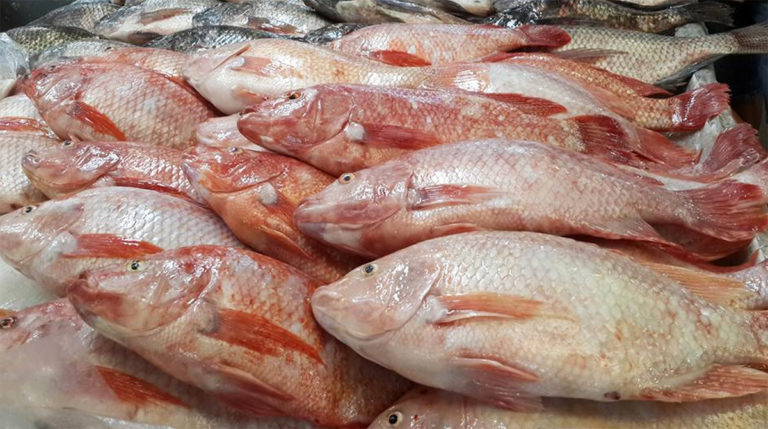
Health & Welfare
A study tested the effects of a commercial product that includes three organic acids incorporated into a commercial feed for Nile tilapia fingerlings.